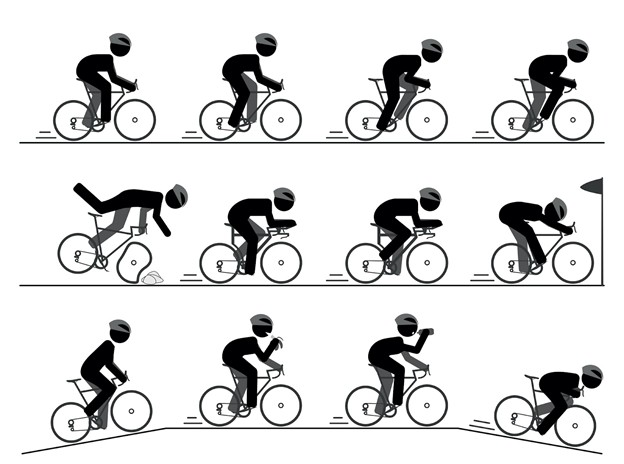
Riding a bike can be a fantastic way to spend your time actively, and achieving the correct posture will help you to increase speed, efficiency and reduce injuries. Experienced riders make it look easy to glide seamlessly across any surface, but doing so requires perfecting your posture and form. As you do the work to find the best riding position for your body, It’s important to keep in mind that there isn’t one cycling posture that works for everyone. Adapting guidelines and best practices to your riding style will help you find the correct posture for your body type.
Benefits of Good Posture
Worry-free riding isn’t the only benefit in finding the correct biking posture. Comfort, the ability to ride longer, injury prevention, and better command over your bicycle are other outcomes of good posture that riders can look forward to. In addition, good posture provides increased efficiency, which allows our bodies to expend less energy while optimizing bike usage. One of the best things riders can do is relax and let go of tension when pedaling to allow the body to settle into a natural position. Relaxed shoulders, bent elbows, keeping knees aligned with feet, and relaxing the spine are all good habits to develop for proper posture.
Cross-Training Supports Better Posture
Working to increase flexibility, strength, and muscle mobility is the key to maintaining good posture, and using a regular stretching and strength training program is recommended along with biking. Taking the time to strengthen core muscles will help you stabilize the larger muscle groups that power you forward. Stretching will also reduce soreness and move lactic acid out of the muscles. Adding stretching and muscle conditioning to your routine can be as simple as performing hamstring, quad, back, and neck stretches after cycling. Holding stretches for 30 to 60 seconds will help your muscles stretch correctly.
Make Sure to Get Fitted For The Right Bicycle
Even the best posture and most comprehensive cross-training program can never take the place of a properly fitted bike. Never skim over making the appropriate adjustments to your seat, handlebars, and pedals. Working with a bicycle specialist and trying out different types of bicycles is also recommended. If you experience pain in your neck, back, hips or shoulders even after adjusting your posture, then getting your bike re-fitted or upgrading your ride could help. The right bike can help you avoid bicycle-related injuries and make you a better cyclist.
--
Abigail Baker is a writer from Happy Writers, Co. in partnership with Burger Physical Therapy.


